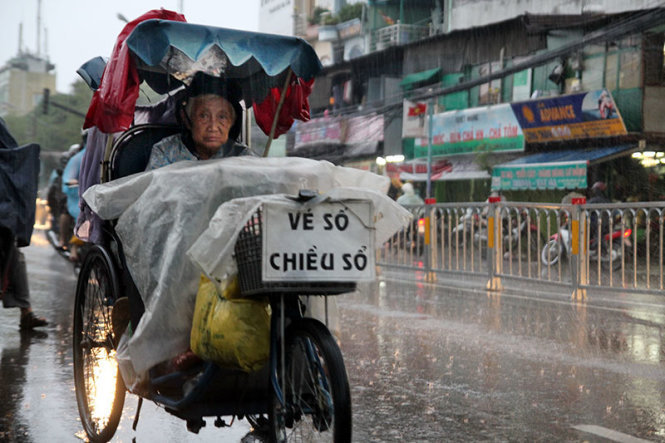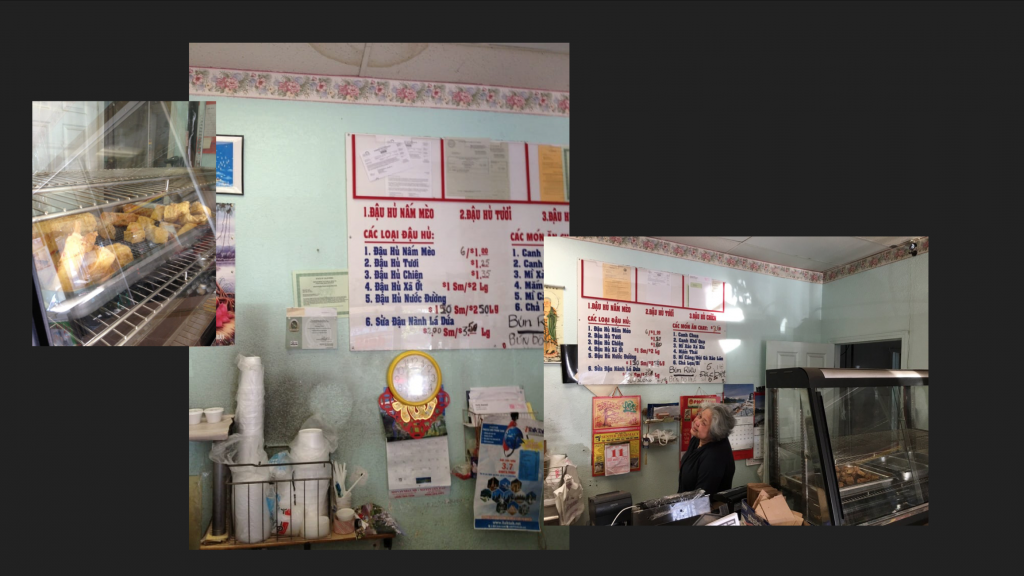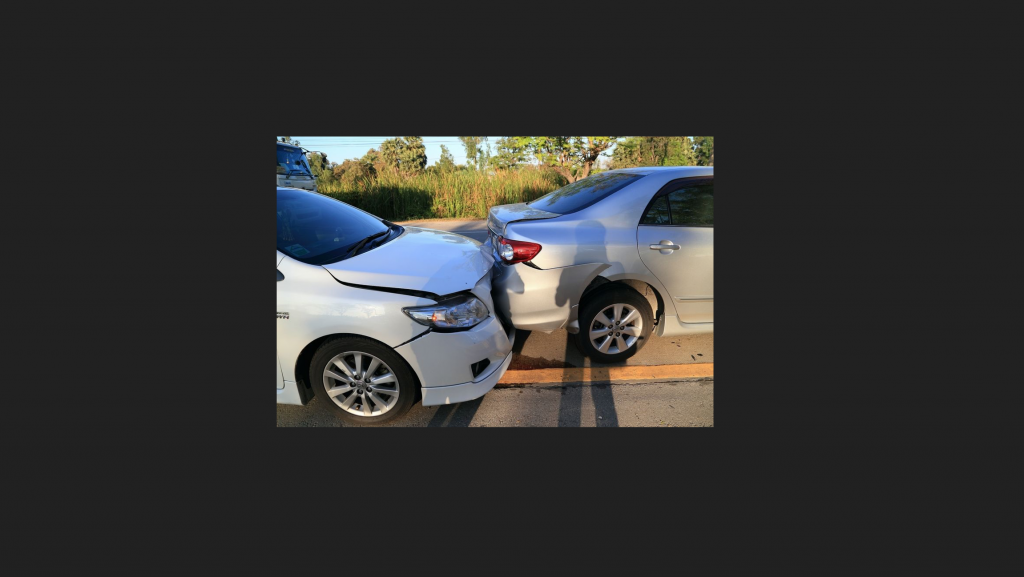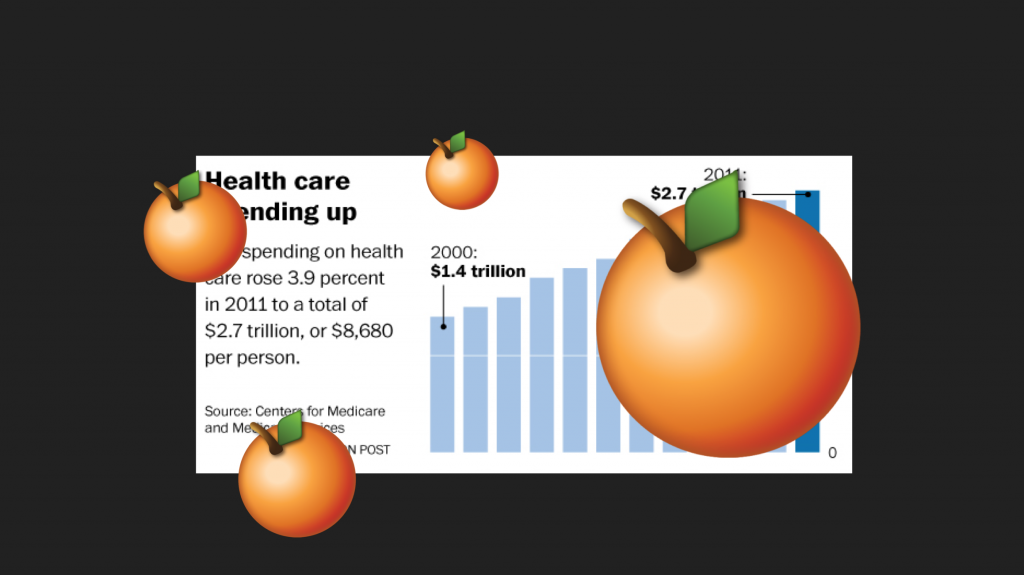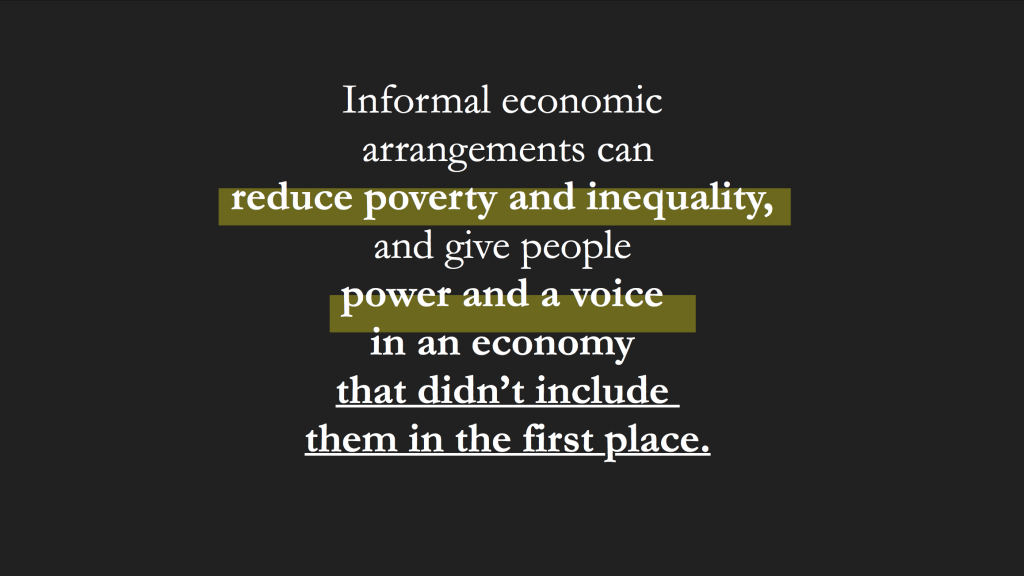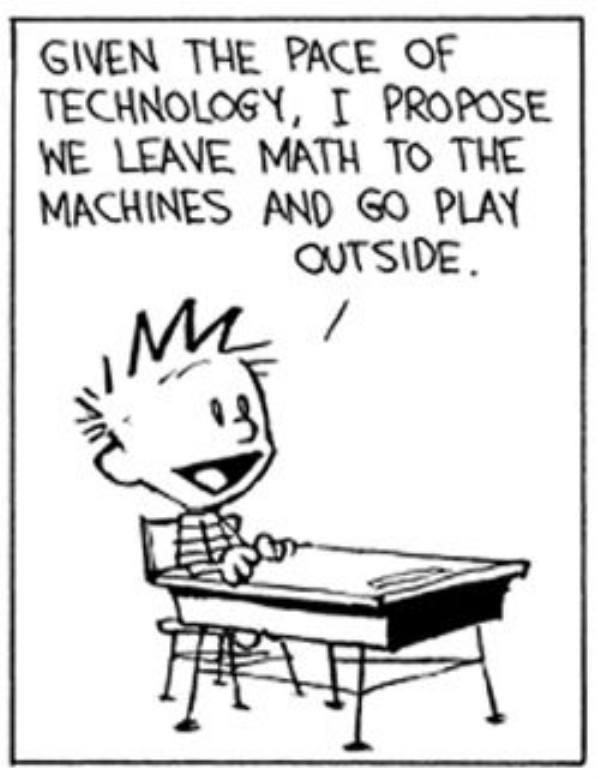I’ve never met a vegetable that I didn’t like, and I credit
this to the magic of Vietnamese cuisine and my mother’s
cooking.
She grew up in the cooking traditions of Huế, the former
imperial capital of Vietnam. To accommodate royalty, its
people had a fierce devotion to perfectionism, and you can see
this conscious attention to quality in every part of its
culture. When I think of food from Central Vietnam, I think of
dishes that are focused on nuance and the details, with a
particular gift for illuminating the flavor profile of
vegetables. Take my mom’s bún
bò Huế (Huế-style beef noodle soup)
for example: you blanche a mixture of raw bean sprouts, mint,
basil, banana flower in a steaming bowl of 12-hour lemongrass
and beef broth. Vegetables were/are dank.
I remember reading books and watching Disney channel shows
about American families, and was struck by how much other kids
seemed to hate vegetables. Vegetables were a dramatic point of
contention between kids and their parents. I remember lying to
my friends about hating broccoli to fit in.
All this to say, my relationship with what is good and healthy
for my mind, body, and soul started off easy. And this became
my experience with self-care: mostly easy. There was nothing a
good run, a face mask, or treating myself couldn’t fix.
But sometimes, the things that are good for you can be
difficult and unpleasant
I joined venture capital a few years ago, and I wish I could
say it’s been smooth sailing. I feel like I’m
continually battling the decision fatigue and emotional roller
coaster of (1) making (many) sound decisions and (2) being
thoughtful about how to best support and empower
entrepreneurs. And day after day of this stress and anxiety, I
found it harder to recover. Things that used to get me back to
baseline–like say, the sheer physical exhaustion from a run
that gives you that incredible runner’s high–no longer
worked. Nursing running injuries, I feared what would happen
if I could no longer run.
The thing is, I didn’t even realize I was burning out until I
discovered
Steve Shlafman’s blog
on his
experience of a 10-day Goenka Vipassana meditation
retreat. He writes (emphasis mine): “I was healing myself by
focusing on and accepting these physical pains that I’ve been
afraid of for more than a decade. Instead of running, I had no
choice but to surrender and in many ways kill my ego. […]
In some ways, I felt like performed surgery on my mind and
body. It was a surreal and deeply moving experience.
Thankfully, I was able to face some deeply rooted and
underlying issues that had been bothering me for nearly two
decades.”
Something clicked. I craved that mental clarity and peace, to
re-orient the neurons in my brain that fired in all
directions.
I recognized that I had to learn new models of self-care or
else I’d truly burn out.
And so I texted my friend
Ryan Seys
a link to Steve’s blog and asked him to embark on a 30-Day
Meditation Challenge with me, and hold me accountable to
learning how to be healthy and well.
It wasn’t easy. It still isn’t. But
here I am, four months later, with a daily practice, to say:
thank goodness for meditation. If you’re
craving that clarity and peace and haven’t started, I
hope you do. Here’s my hot take for you, in case something
clicks to help you get started: three tips to start your
practice today, three tips to sustain your practice, and three
takeaways. Good luck!
Tips on starting
-
Don’t start your meditation practice on a Monday. Do
you ever find yourself daydreaming about the new person
you’ll become on Monday? Or after your birthday, next month,
or after the New Year? We use these arbitrary benchmarks
based on our time biases, but
data
shows that those are the worst days to start new
habits. I always tried to start on Monday, and so I never picked
it up. My tip for you: just start. Don’t
wait for the perfect day, because it likely won’t happen.
And don’t wait to try when you’re already feeling uneasy
or anxious.
-
Start small, but it may take longer sessions to find your
groove. Don’t let the folks on /r/meditation that finish hour long meditations and
have out-of-body
experiences scare you from trying. Try it right now: set a
timer for 2 minutes. Inhale for one second, exhale for two,
rinse and repeat. Congratulations, you just started! You may
not feel anything, but that’s OK. I tried a few times to
start before my 30-Day Challenge, and I’d quit because I
didn’t feel anything after a 5-minute meditation.
After forcing myself to sit through 10-30 minute meditations
for 30 days, I found my breakthrough moment at 25 minutes.
But it can be intimidating to start your practice by sitting
with yourself for that long, so start small and build up.
-
Find an accountability partner. Find someone that
will actually call you up and call you out. It
helps if that person is committed to learning as much as
you. Ryan and I kept a meditation log, which you can
make a copy of
and use with your partner. We also journaled about our
experience, which allowed us to talk through some of the
questions we had. See below for tips on sustaining. I also
kept a version of this log with my friends
Radha
and
Charlotte.
Tips on sustaining
-
Commit to trying. In the beginning, it didn’t feel
like anything was happening, and I felt
so uncomfortable without a framework for how it
should work. Am I doing this right? How am I supposed to be
breathing? Why do I breathe so weird? What is my mind
supposed to do? Is it supposed to do that? Don’t
worry, that’s normal. It helped that Ryan and I had our
daily journal to compare notes. According to our logs, Ryan
had his breakthrough on Day 18. For me, it took until Day
22. And when you first start, getting into the habit is more
important than getting it right.
-
Acknowledge potential distractions, and set
intentions.
In my early meditations, I would suddenly remember that I
had to add something to my task list and would fixate on it.
I would also fixate on the deeper, less fun stuff that
I’d rather not share on the Internet. I found that
setting a 5 minute timer to write it all down, to verbalize
to myself that I had acknowledged it and that I was
committed to meditating for the sake of my health and
wellbeing, helped make the meditation smoother.
-
If it’s not working, try other ways. During my
experience, I switched between Headspace, Meditation Studio,
setting a timer, and
several
YouTube
videos. Before my challenge,
I’d quit because I thought
Andy (from Headspace) had the most annoying voice in the
entire universe. Funny enough, I now use Headspace (in
combination with other things, as needed) and adore Andy,
but trying different things allowed me to find something
that worked.
Learnings
-
Yielding to the present: In reflection, I learned
that I have two modes of operating: (1) rehashing the past,
and giving it a narrative, or (2) rehearsing the future.
It’s great to reflect and be thoughtful, but not to the
point where you no longer live in the present. Slowly
following each rise and fall of my breath taught me how to
be singularly focused on the present. Most powerfully, I
learned that it can be unproductive to rehash and rehearse.
Often the past and future are out of your control, and the
only thing you can impact is what’s happening right now.
-
Shifting gears from multi-tasking to deliberate
action.
Do you have moments in your life where you do just one
thing? Probably few. If you’re like me, you probably didn’t
make it this far because you’re reading the other tab open
in your browser. I’ve recognized that multi-tasking doesn’t
work, but couldn’t shake off years of this learned behavior.
In meditation, the act of doing nothing but sitting with
myself, as well as mentally shifting my attention back to
my breath every time I was distracted, was the ultimate
forcing function to break from this habit. But multi-tasking
is an addiction, and so meditation is a daily reminder to
slow down and be more deliberate.
-
What you feel isn’t (always) real. I like to break
down everything I feel, and to look at it from many
different angles. Before meditation, I found peace in being
able to assign narrative to my feelings, and this gave my
life order and structure. In the course of watching the
myriad thoughts that rushed through my brain for 10-30
minutes, I learned that much of what I feel is fleeting, and
I have the ability to let emotions pass. This has been the
greatest gift to manage (the volume of) stress: instead of
mulling over each new feeling that pops up in my brain, I
kind of let it hang for awhile, and see how it flows.
And I developed a bias towards action, rather than
dwelling.
And lastly, my experience with meditation is, and continues to
be, so much more about the journey than arriving at some final
state where I’m more resilient, happier, and healthier. The
journey hasn’t been easy, at times unpleasant, but it’s the
ultimate act of self-care that I’ve learned. Eat your
vegetables, kids.
Next step: tackling sleep + sleep hygiene.
Special thanks to
Ryan,
Radha,
Charlotte, and
Steve.
You can also read about Ryan’s experience
here.
